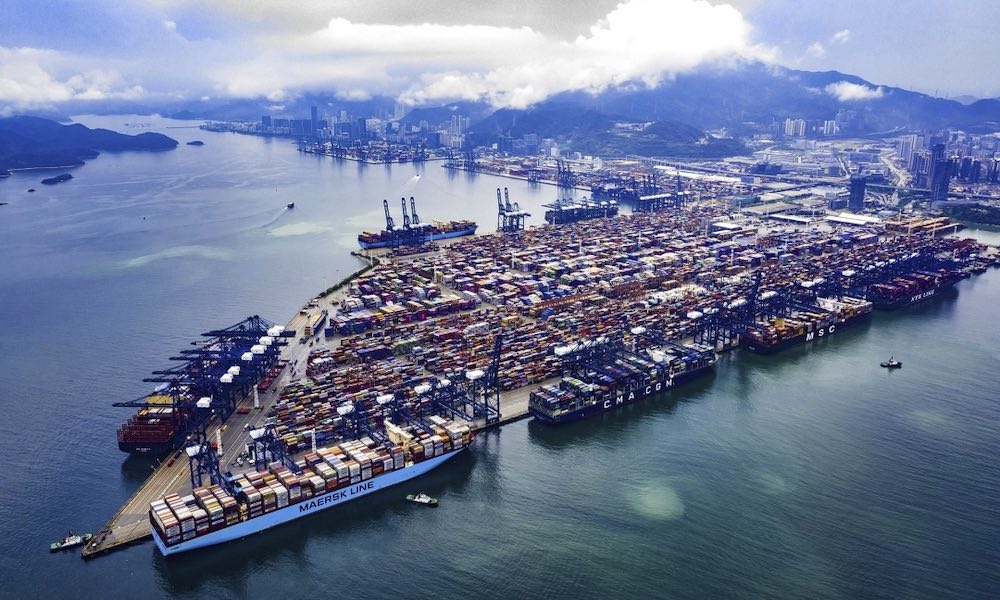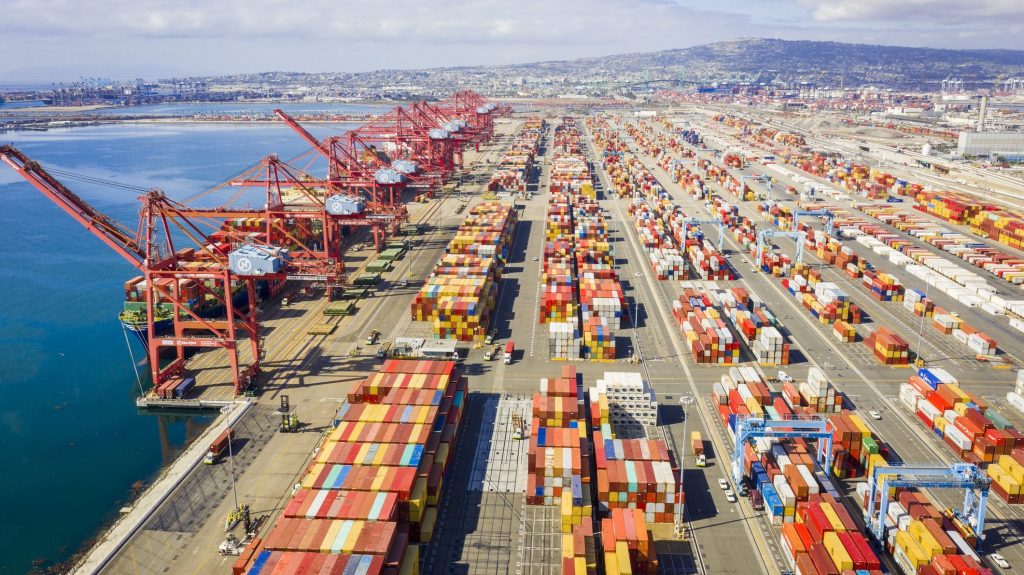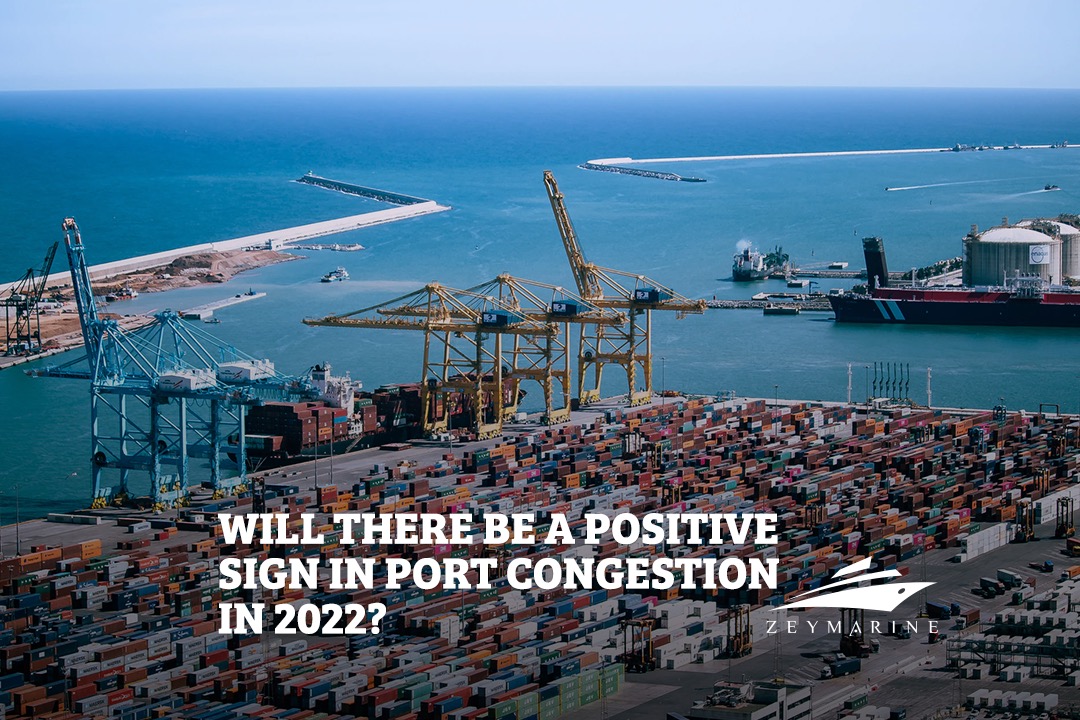New year, new hopes. However, after a turbulent year concerning port congestions, 2022 still does not seem to be the year of redress.
Port congestion is a worth considering problem for industry, thanks to some websites you can even keep with the ongoing situation. The fact remains that experts are not completely worrywart about the future. Appearing unsubtle, therefore let’s start with the beginning.
Interpretation of the last congession crisis
Frankly speaking, the shipping industry was never unfluctuating. Most especially in ports, inefficacies were greeting the eye for a long time. The need for building facilities compatible with cutting-edge large ships, decarbonising freight and logistics, infrastructure automation improvement were obstacles even before the pandemic. Though, The Covid 19 outbreak delivered the greatest blow. From the beginning of container shipping 65 years ago, it is the biggest crisis the industry faced. Even as the disease’s threat to human health is enough to intimidate, the impression on the economy is unnerving. If we adjure how the spread affect the situation, we better run an eye over the Far East where the biggest container ports are located on. Seven out of nine of them are in China. In the Far East, due to the strict pandemic rules, lines get long and waiting periods stretch for ships. To concretize, according to logistics firm project44, the number of ships waiting to enter Hong Kong port averaged around 18 per day in December 2021 yet, the number increased to 23 per January 2022. The spread of highly infectious new variants brings forth new lockdowns. Ningbo-Zhoushan, one of the busiest ports in the world by cargo tonnage, experienced voluminous lockdowns. Additively, the cargo volume of Chinese ports increases by 7.0% in one year.
Congestion delays at Chinese ports cause tardinesses in shipments of many products, from electronics to iron ore. Compared to pandemics, it takes more than a week to ten days to deliver iron ore supplies into China. Taking into account that all of these goods are highly attached to Chinese production, the impact of the problem multiplies.
The same scenario is prevailing for the US too. Shipments from Asia to the U.S. has suspended after Covid 19 outbreak came upon. In the spring of 2020, shipping resume but this time like a cannonball. Port of Los Angeles, Oakland and Long Beach practised excessive intensity than ever before. Since then, delays preserve just like the ones on the other side of the ocean. And all, container shipping rates from China to the U.S. is now at the record level. In the early days of 2020 it was just $4,000 per container yet today it costs above $20,000.

Presumption of recoverableness in 2022
The entirety of all fragments of the shipping industry, the sole thing that everyone agrees on is there is no miraculous development is expected. Surges follow on, according to the big names in the sector. Regardless, prudent optimism is not completely out of sight. To infill in the schedule, carriers started to arrange extra cruises. Besides, many establishments learnt to immunize against retardation by planning their orders as quickest as possible to secure capacity.
Anyhow, supply and demand equilibrium seems as though the determinant factor. Chinese New Year, celebrated on the first day of February in 2022, instilled minor hope for alleviation on demand by the reason of accustomable deceleration on manufacturing yet still, bottlenecks at ports are presumably effective in the first part of the year. If the measures were taken succeedingly, not only the congestion would ease but also freight rates could soften from the peak levels. These solutions could come to fruition in the second part of the year.
Besides, recent studies show little sign of improvement. The expected recovery to a new normal seems like postponed to 2023.

Suggestions from experts
Had better recapture, no one has a magic wand. In spite of that, alternatives could grease the skids from overcoming the congestion problem even the complete solution is not provided. Thus, alternative ports are at the top of the agenda mostly by US experts. For instance, on the ground of experiencing intense congestion on the ports in California, other ports mainly located in northern places like Seattle or Tacoma are suggested. Mid-size ports could be an option with the help of logistic partners. The solutions on West Coast could become epitomist for the rest of the world.
Instead of shipping all containers straightaway, staggering the shipping containers across more than one vessel could be the soothing factor. Certainly, professional assistance is extremely required for planning. The idea behind staggering is to create chances of getting freight into the port.
Regardless of the outcome, collectivism will determinative. Until the end of the year, rigours continue with ups and downs yet with serviceable business connections minimizing a loss is possible.







